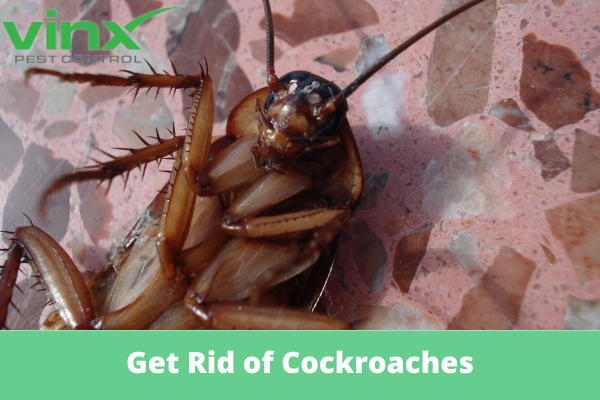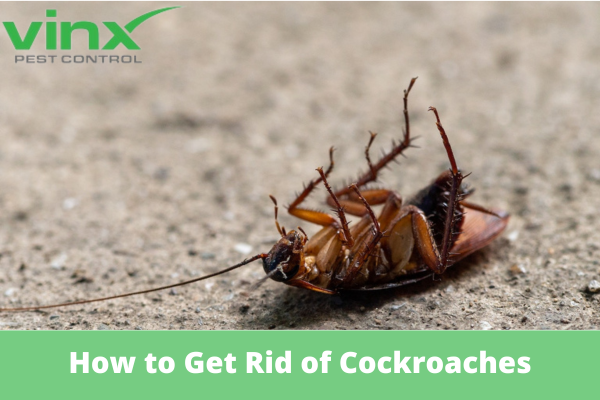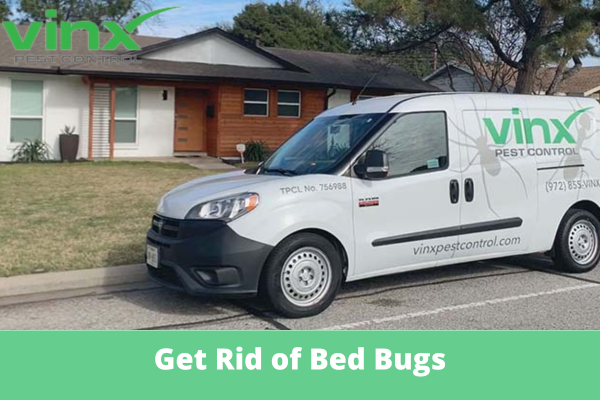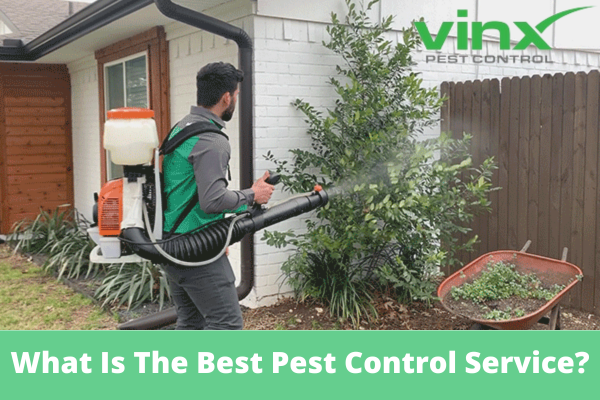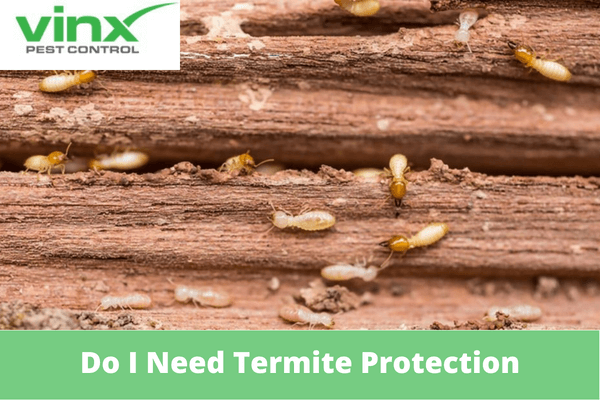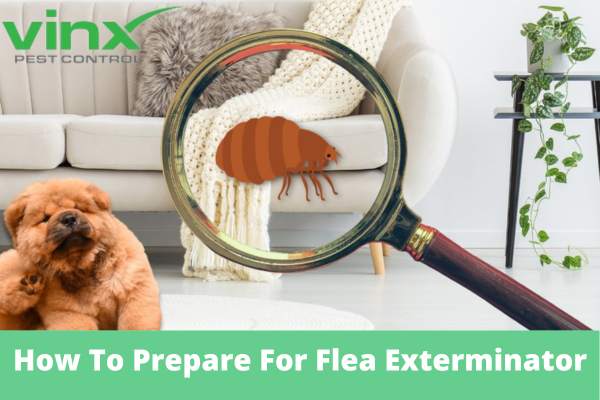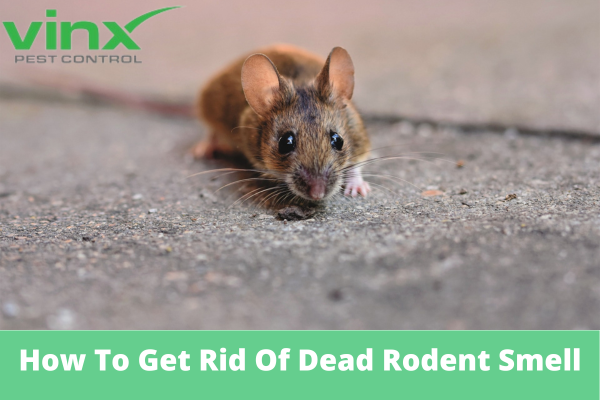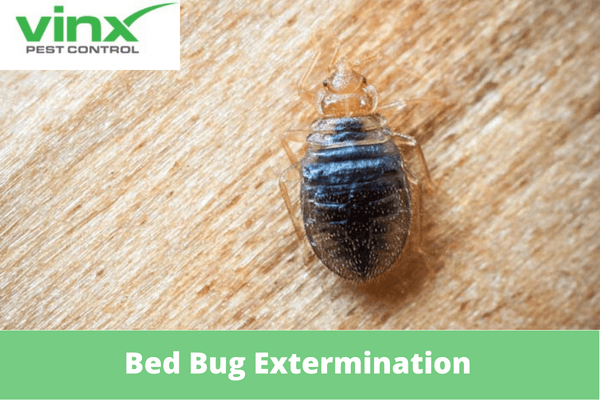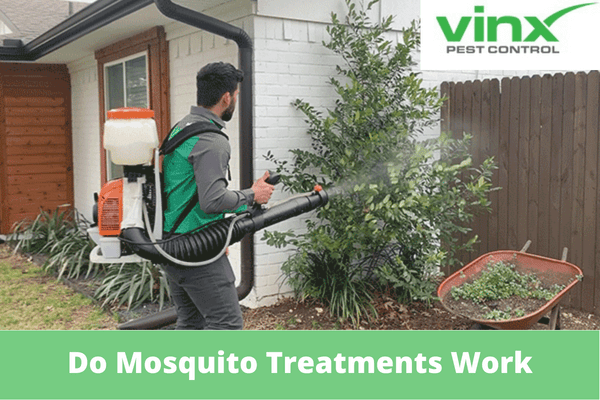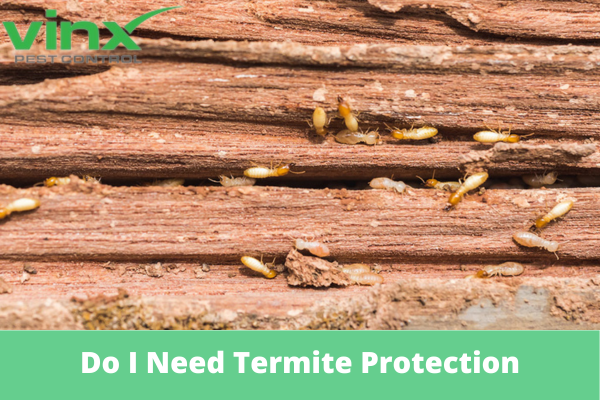How Do Exterminators Get Rid of Cockroaches
Cockroach infestations are a big problem in many homes. They can make us sick and uncomfortable. We need professional help to get rid of them. Vinx Pest Control and others use special ways to kill cockroaches. They use gel baits, fumigation, and boric acid. These methods help get rid of cockroaches for good. Knowing how […]
read more


